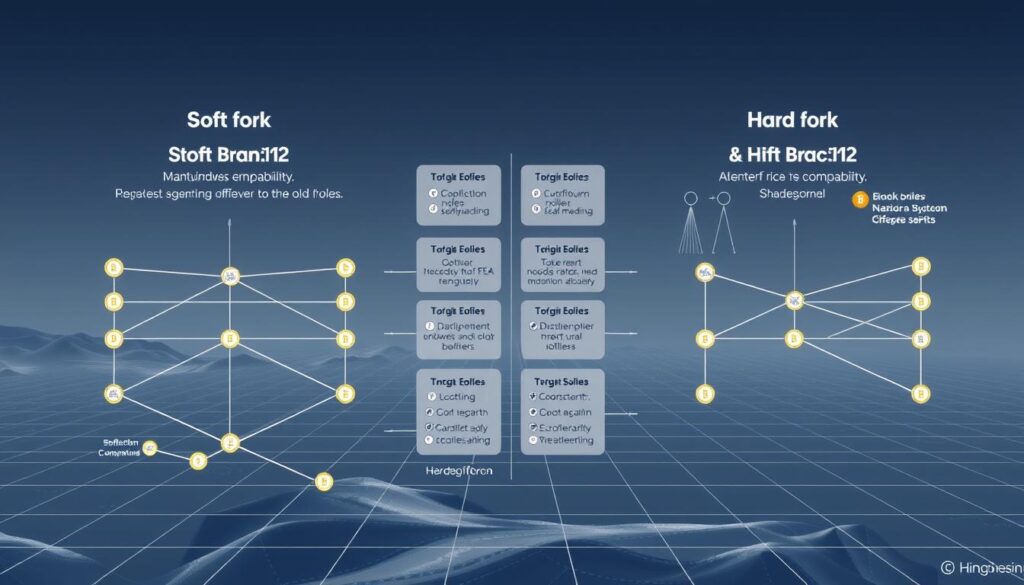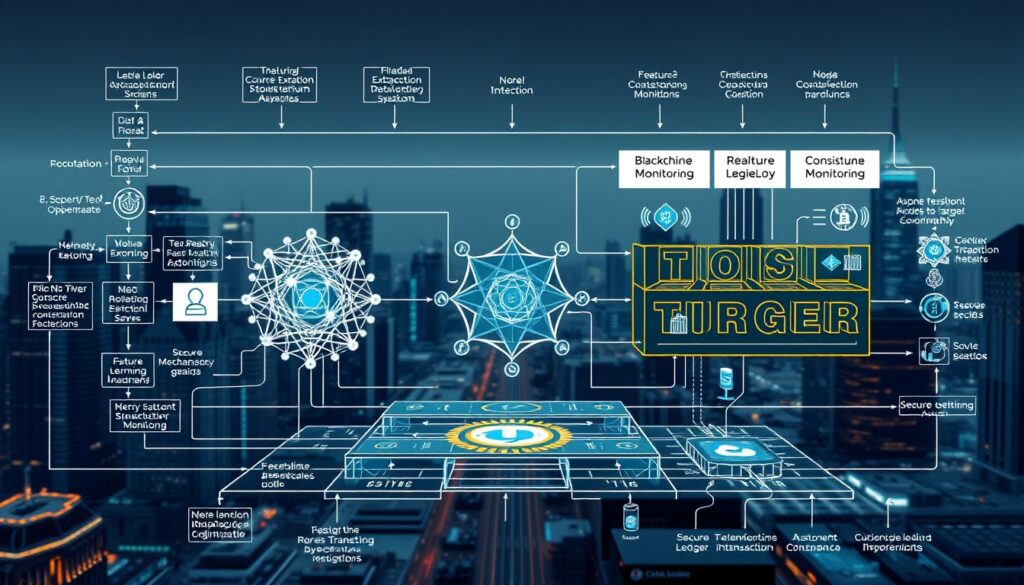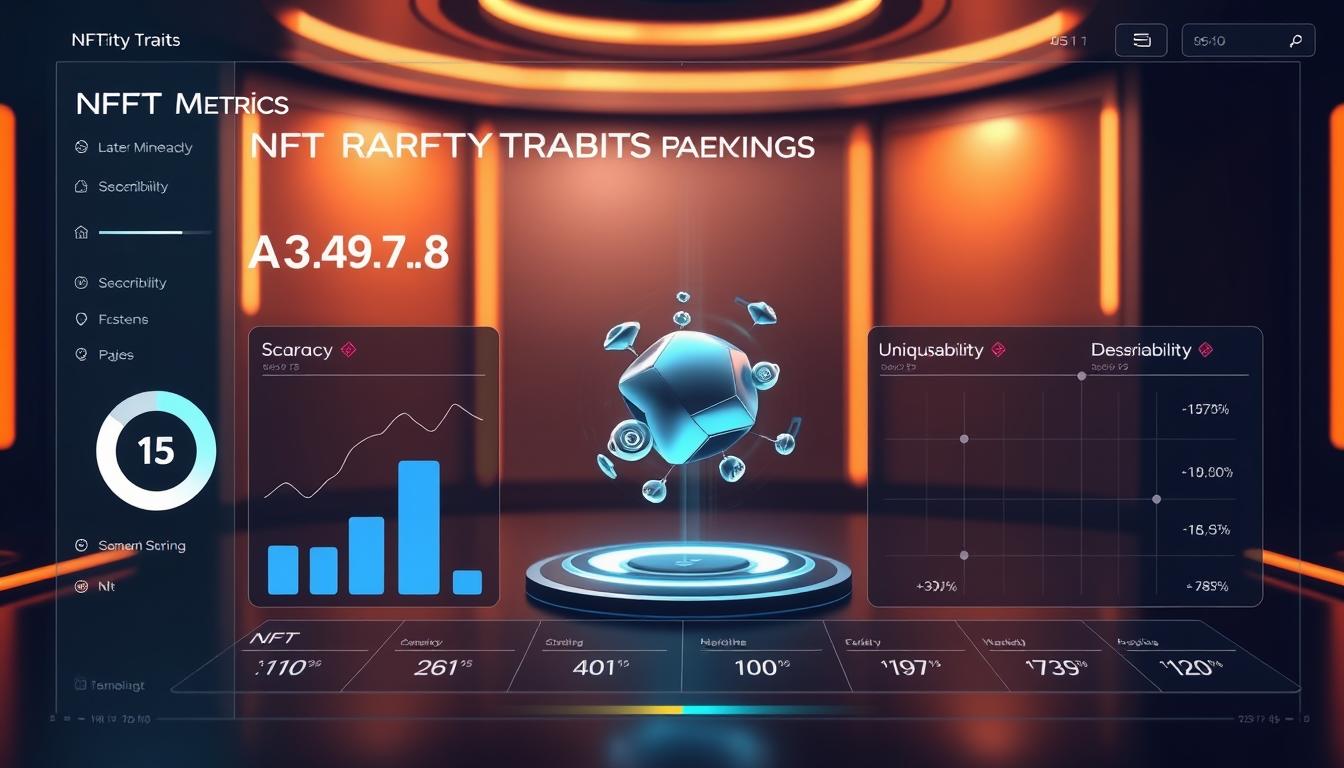Now Reading: Understanding Blockchain Protocol Upgrade Network Improvement
- 01
Understanding Blockchain Protocol Upgrade Network Improvement
Understanding Blockchain Protocol Upgrade Network Improvement

Digital ledgers that run without a central authority are not static. They are living systems that need constant care. This care comes in the form of planned changes to their core rules.
These changes can be small, like fixing a bug to make things smoother. Or, they can be huge shifts that change how the entire system works. Both types are vital for keeping the technology safe and able to grow.
Think of it like maintaining a crucial piece of public infrastructure. Without regular updates, security weakens and performance suffers. For these decentralized systems, staying current is not a luxury—it is a necessity for survival and success.
This process is unique because no single company controls the system. Changes require agreement from a distributed community. This guide will explore how these essential improvements happen, why they matter, and the challenges involved.
Key Takeaways
- Decentralized ledger systems require regular updates to function effectively.
- Enhancements range from minor technical fixes to major operational changes.
- These updates are critical for maintaining security and enabling scalability.
- The upgrade process is complex due to the lack of a central controlling authority.
- Continuous improvement is essential for the technology to remain competitive and innovative.
Introduction to Blockchain Network Upgrades
From their inception, decentralized platforms have undergone significant evolutionary changes to meet growing demands. These systems must adapt continuously to remain relevant and effective in a rapidly changing digital landscape.
The Evolution of Decentralized Technologies
Distributed ledger systems began as simple peer-to-peer payment mechanisms. Over time, they transformed into sophisticated platforms supporting diverse applications.
The growing adoption of this technology created pressure for higher transaction throughput. Users expected faster processing and lower fees, driving the need for continuous enhancements.
Benefits of Regular Protocol Improvements
Security enhancements protect against evolving threats from hackers. Regular patches address vulnerabilities and strengthen cryptographic defenses.
Scalability improvements reduce congestion by optimizing how data gets processed. This allows more transactions to flow smoothly through the system.
Innovation remains crucial for staying competitive. New features like smart contracts and cross-chain capabilities expand what these platforms can accomplish.
Developers play a key role in implementing these changes. Their work ensures the technology meets current user needs while preparing for future challenges.
Blockchain protocol upgrade network improvement: Key Concepts and Processes
Digital ecosystems built on decentralized principles employ specific methodologies to introduce enhancements while maintaining system integrity. These approaches ensure coordinated evolution across all participants.

Soft Forks vs. Hard Forks Explained
Distributed systems use two primary methods for implementing changes. Soft forks allow backward compatibility, meaning nodes running older software can still validate transactions.
Hard forks create a clean break from previous rules. All participants must adopt the new software to remain on the same chain. This approach can lead to chain splits if consensus isn’t achieved.
| Feature | Soft Fork | Hard Fork |
|---|---|---|
| Backward Compatibility | Yes | No |
| Node Upgrade Requirement | Optional | Mandatory |
| Risk of Chain Split | Low | High |
| Implementation Complexity | Higher | Lower |
The Role of Consensus in Upgrade Implementation
Network participants must individually verify new blocks and reach agreement about protocol changes. This decentralized approval process ensures widespread support before activation.
Miners signal their readiness by placing specific data within blocks. When the majority supports an update, the transition proceeds smoothly. This transparent recording creates an immutable history of the enhancement process.
Real-World Examples and Case Studies of Network Upgrades
Historical upgrades across different systems showcase various approaches to technological advancement. These real implementations demonstrate how platforms balance innovation with stability.

Case Study: Ethereum’s Merge and Smart Contract Innovations
Ethereum’s 2022 transition marked a major shift in system operations. The change reduced energy use dramatically while maintaining security.
This enhancement prepared the ground for future scaling solutions. It shows how platforms can evolve without disrupting existing applications.
Case Study: Bitcoin Taproot and Scalability Enhancements
Bitcoin’s 2021 improvement brought better privacy and efficiency. Complex transactions now appear simpler on the public record.
The update reduced data requirements for verification. This helped lower costs while expanding capabilities for advanced uses.
Insights from Cardano’s Alonzo Upgrade
Cardano’s 2021 change introduced smart contract functionality. Developers gained tools to build diverse applications directly on the platform.
This systematic approach reflects careful planning and community alignment. The enhancement boosted ecosystem growth significantly.
| Platform | Year | Key Feature | Impact |
|---|---|---|---|
| Ethereum | 2022 | Consensus change | 99% energy reduction |
| Bitcoin | 2021 | Privacy enhancement | Lower transaction fees |
| Cardano | 2021 | Smart contracts | Application expansion |
These examples show different strategies for system evolution. Each approach addresses specific challenges while maintaining core functionality. The Ethereum case particularly demonstrates how sharding implementation can follow major architectural changes.
Addressing Challenges and Risks in Blockchain Upgrades
Implementing changes in a decentralized system presents unique hurdles that centralized platforms never face. The very nature of distributed consensus means that every participant must be on board for a smooth transition. Without a central authority to enforce decisions, the community itself drives the process.

This democratic approach, while ideal, is not without its complications. Differing opinions on the necessity of upgrade proposals can lead to significant disagreements.
Managing Chain Splits and Node Compatibility Issues
Even with broad support, technical obstacles can arise. Some nodes might lack a proper patch for their software version. This diversity in client software is a source of risk.
The primary danger is a chain split. This occurs when a group of miners using outdated software generates invalid blocks. While unintentional splits happen, they can cause serious problems.
A node on the wrong chain is vulnerable to attacks like double-spending. Service downtime and financial losses can affect exchanges and service providers. Reputational damage to the platform and its developers is another major concern.
Ensuring Security and Maintaining Community Consensus
The industry has developed robust safety measures to mitigate these risks. Upgrade proposals undergo extensive review and testing on dedicated test networks. Nodes signal their readiness and activate the update at a predetermined block.
Governance models vary. Bitcoin relies on broad community consensus, while systems like Polkadot use on-chain voting. These models reflect different approaches to achieving agreement.
Sometimes, a hard fork is necessary for security. In 2016, the Ethereum blockchain implemented one to reverse the effects of a major hack. This controversial decision highlights how critical security concerns can shape the process.
| Risk Factor | Potential Impact | Common Mitigation Strategy |
|---|---|---|
| Lack of Node Consensus | Chain split, network fragmentation | Extended signaling periods, community discourse |
| Technical Incompatibility | Node failure, service downtime | Multiple client support, early patch releases |
| Security Vulnerabilities | Double-spend attacks, fund loss | Thorough testing on testnets, bug bounties |
Conclusion
The continuous advancement of cryptocurrency systems hinges on well-planned modifications that balance innovation with stability. These essential upgrades ensure distributed platforms remain secure and scalable while adapting to user needs.
Real-world examples like Bitcoin’s Taproot and Ethereum’s Merge demonstrate how strategic improvement proposals drive technological evolution. The process requires careful coordination between developers and the broader community to achieve necessary consensus.
As these systems mature, effective enhancement mechanisms become increasingly vital. Future developments in areas like cross-chain compatibility will further expand what decentralized platforms can accomplish while maintaining their core security principles.
The ongoing refinement of operational frameworks ensures these networks can meet emerging challenges while preserving the decentralization that makes them valuable to users worldwide.
FAQ
What is the main goal of a network improvement in a decentralized system?
The primary aim is to enhance the system’s overall performance, security, and capabilities. These changes can introduce new features, improve transaction speeds, or strengthen defenses against potential threats, ensuring the technology evolves to meet user needs.
How does a soft fork differ from a hard fork?
A soft fork is a backward-compatible change where updated nodes follow new rules, but older nodes can still validate new blocks. A hard fork is a more significant shift that creates a permanent divergence from the previous version of the chain, often resulting in two separate networks if not all participants adopt the update.
What role do developers and the community play in these upgrades?
Developers typically propose and code the improvements, but widespread adoption relies on community consensus. Miners, node operators, and users must agree to implement the changes. This collaborative process is vital for a smooth transition and maintaining the integrity of the decentralized ledger.
Can you give an example of a successful major upgrade?
A prominent example is Ethereum’s Merge, which transitioned the network from a proof-of-work to a proof-of-stake consensus mechanism. This fundamental change significantly reduced energy consumption and paved the way for future scalability improvements, demonstrating a large-scale, successful implementation.
What are the risks associated with a hard fork?
The main risk is a chain split, where the community divides, creating two competing chains. This can lead to confusion, potential security vulnerabilities on either chain, and compatibility issues for nodes and applications that do not update their software in time.
How are upgrade proposals typically managed?
Many projects use a formalized system like improvement proposals (e.g., Bitcoin’s BIPs or Ethereum’s EIPs). These documents outline the technical specifications and rationale for a change, allowing for open discussion, peer review, and community voting before implementation.
















